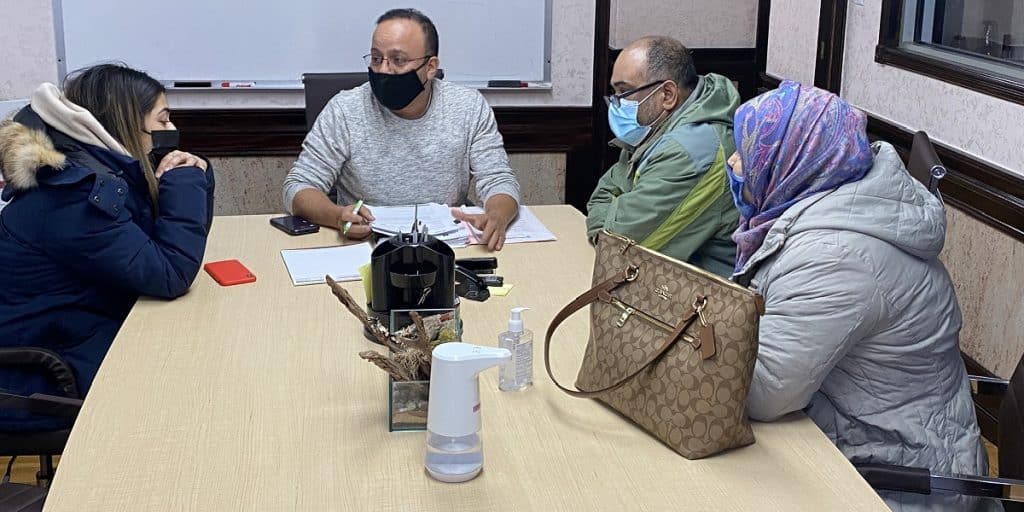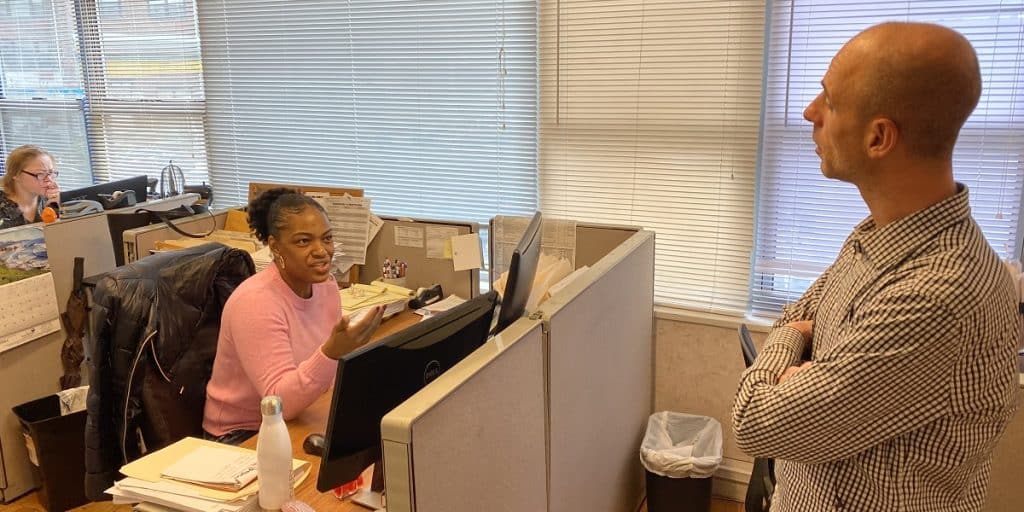
As you get familiar with the mortgage loan programs available to you today, you may repeatedly come across the requirement for mortgage insurance. A mortgage insurance premium is added to your monthly loan payment, so you understandably need to know what it is. While most types of insurance that you purchase are designed to protect you financially, mortgage insurance protects the lender against its losses if the borrower defaults. While a mortgage insurance premium is most commonly paid by the borrower through a monthly payment, it may also be paid upfront or incorporated into the loan via a higher interest rate. There are three types of mortgage insurance that you need to be aware of.
Private Mortgage Insurance
Private mortgage insurance is added to a loan when the loan-to-value exceeds 80 percent. It can be removed when the borrower refinances the mortgage, when a 78 percent loan-to-value is achieved or when the loan term’s midpoint has been reached.
Mortgage Insurance Premium
This type of mortgage insurance is exclusively associated with FHA loans. Any portion of the mortgage insurance premium that is not paid by the borrower upfront will be applied to the mortgage payment. Uniquely, the mortgage insurance premium will remain on the loan until the balance is paid off or until the loan is refinanced.
Lender-Paid Mortgage Insurance
The third type of mortgage insurance that you may come across is lender-paid mortgage insurance. This is the terminology used when the lender pays for the premium on behalf of the borrower. Usually, the lender does this in exchange for a higher interest rate on the loan. In this way, the premium is built into the loan payment.
Do you have additional questions about mortgage insurance? Contact us here at MortgageDepot to learn more.
Call one of our loan consultants for more information.
Have questions or need help?
Call us now at 800-220-LOAN
Request a call back or email us your questions!







